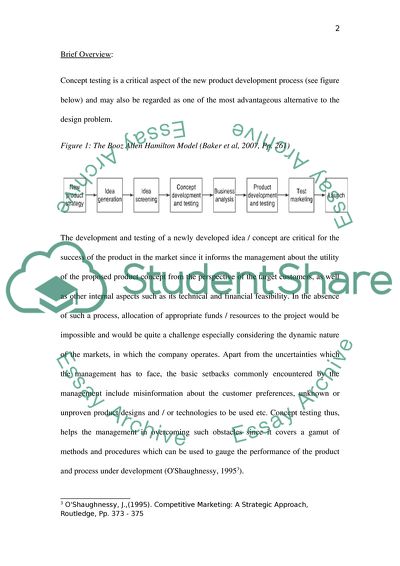Cite this document
(New Product Development Coursework Example | Topics and Well Written Essays - 2000 words, n.d.)
New Product Development Coursework Example | Topics and Well Written Essays - 2000 words. Retrieved from https://studentshare.org/marketing/1728987-new-product-development
New Product Development Coursework Example | Topics and Well Written Essays - 2000 words. Retrieved from https://studentshare.org/marketing/1728987-new-product-development
(New Product Development Coursework Example | Topics and Well Written Essays - 2000 Words)
New Product Development Coursework Example | Topics and Well Written Essays - 2000 Words. https://studentshare.org/marketing/1728987-new-product-development.
New Product Development Coursework Example | Topics and Well Written Essays - 2000 Words. https://studentshare.org/marketing/1728987-new-product-development.
“New Product Development Coursework Example | Topics and Well Written Essays - 2000 Words”. https://studentshare.org/marketing/1728987-new-product-development.


